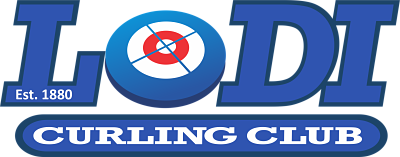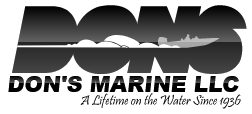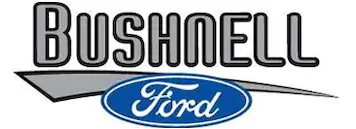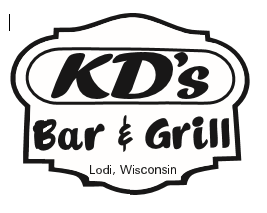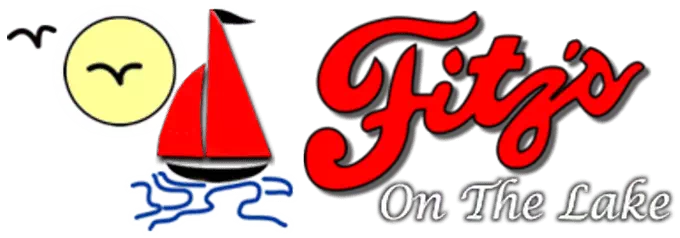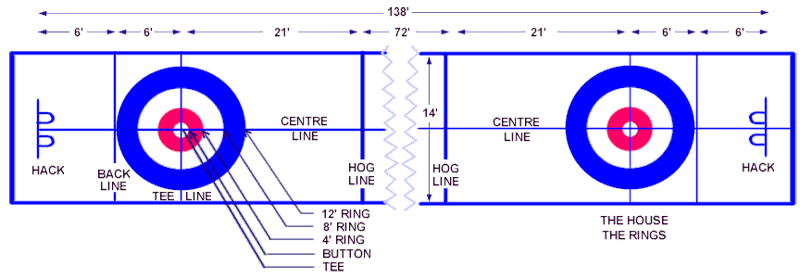
Curling is played on a “sheet” of ice that is 146′ long by 14′ to 15′ wide. Down the center of each sheet of ice is a “centerline”. Perpendicular to the centerline and 16′ from each end of the sheet is another line called the “teeline”. A series of concentric circles are placed at this intersection. This set of circles is referred to as the “house”. The smallest is 1′ in diameter and is called the “button”. Next is 4′ diameter circle, known as the “four foot”. Then an 8′ diameter circle, known as the “eight foot”. Lastly comes a 12′ diameter circle which is called, you guessed it, the “twelve foot”. At the backside of the 12′ circle, and parallel with the teeline is another line called the “backline”. Six feet behind this backline is something called the “hack”. Frozen into the ice, usually with rubber pads, it loosely resembles a starting block in track, and is used for pushing off when delivering the rocks. It is typically another 4′ from the back of the hack to the end of each sheet. Another important line is 21′ in front of and parallel to the teeline. This line is called the “hogline”. It is 72′ from the hogline on one end to the hogline on the other. Optionally, there may be two other guidelines on a sheet. They would extend from either outer edge of the 4′ circle on one end, to the other end, running parallel to the centerline. The length of ice from hack to hack is 138'. The colors of the circles may vary from club to club, though the button is most commonly white. The hog and backlines are usually black, the center and teelines usually blue or red. Occasionally, some clubs will have logos or other advertising located somewhere in the sheet. All of these things are painted on the surface below the ice and show through.
The sheet area is flooded with water and a series of refrigerated pipes embedded in the concrete freeze the water as it is applied, much like a hockey rink. The surface of the ice is not left smooth however. It is “pebbled” by applying a thin coating of droplets of warm water to the surface. This is usually done with a specialized piece of equipment called a “pebbling can” or “pebbler”. This pebbled surface actually is part of what allows the rock to turn, or curl. Most smaller clubs will have a volunteer who becomes the “iceman”. For much larger clubs, this is a paid position. The iceman is responsible for ensuring a consistently playable ice surface for the club.
